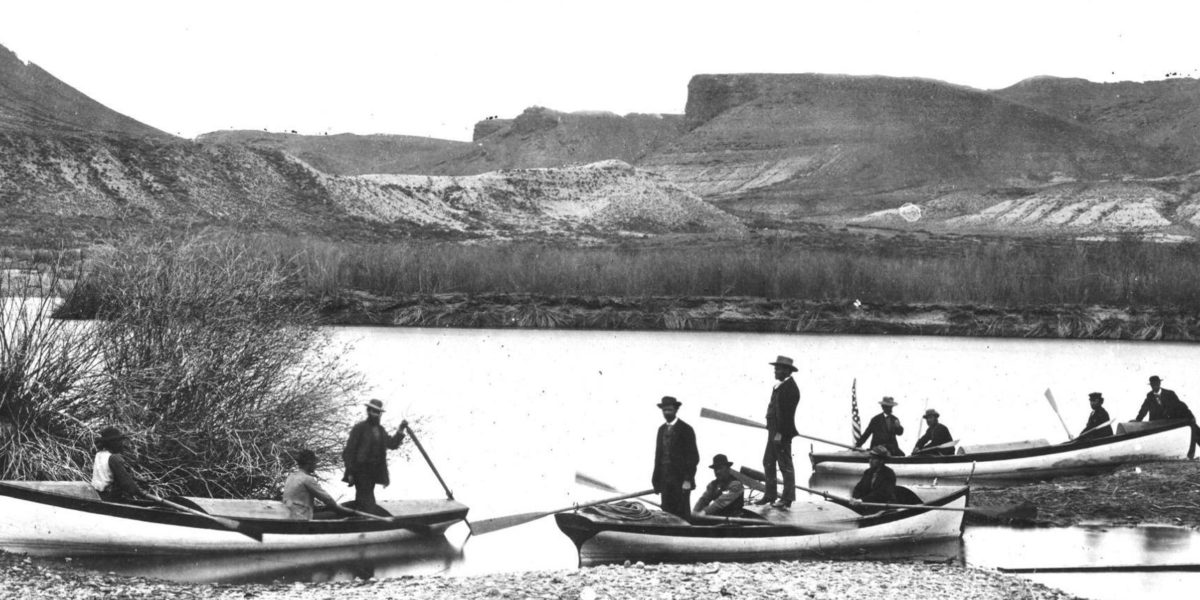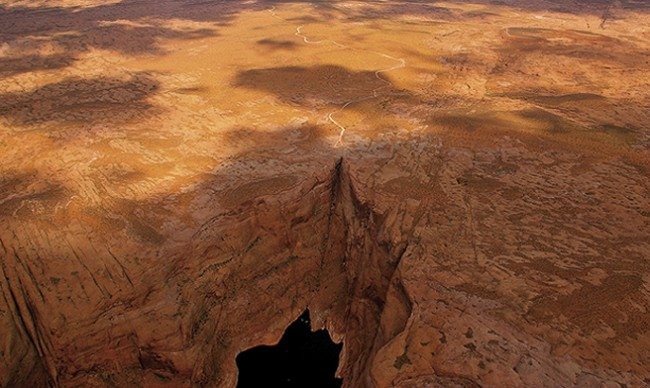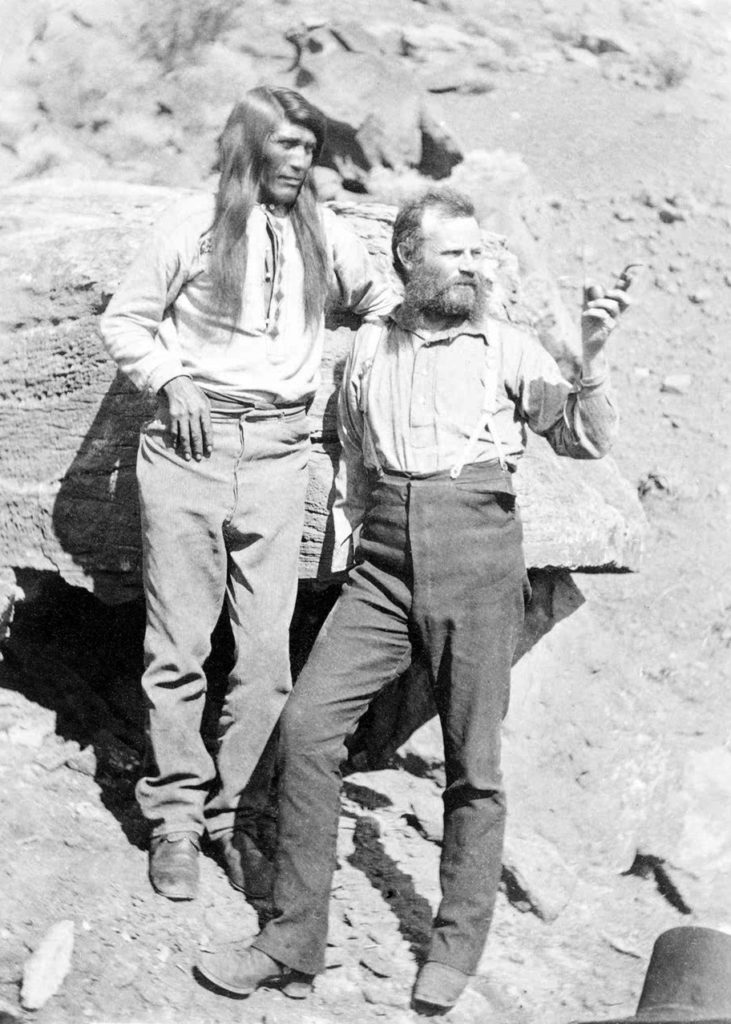
Expeditions to the Utah Frontier: Where cell signals don’t reach and solitude reigns.
When pioneers first started plumbing the depths of Southeast Utah’s canyons they did so without the generations of knowledge the local natives possessed. And still, instilled with a relentless thirst for exploration and the need for new land, they mounted expeditions across this uncharted American wilderness.
This pioneer spirit was alive and well in the Mormon San Juan Expedition of 1879. In need of new settlements, two hundred and fifty men and women cut roads through gulches and chasms across the desolate Utahan country. They forwent the known trails both north and south, opting instead for a direct approach across the Colorado River. When they neared that snake of water in the desert, they faced what seemed to many an impassable obstacle; the only way forward was through a narrow crack two thousand feet above the river, and not yet wide-enough to pass through. Forging forward, the expedition spent six weeks blasting a literal Hole-in-the-Rock, before finally lowering their wagons, cattle and themselves down and across to the other side. Hardship hadn’t released its grip yet, though. It took many more months of travel for the company to reach their final destination of Bluff, Utah.

Hole in the Rock Road reaches Lake Powell
The San Juan expedition weren’t the first Western explorers to set eyes on that section of the Colorado River. And the distinction of naming it Glen Canyon lies with one-armed John Wesley Powell on his expedition in 1869. Taking ten men with wilderness know-how and four boats filled with needed supplies, Powell and his men spent months battling the river and her rapids, producing high quality topography maps still referred to today. Their struggles were rewarded back East, with high regard and honors for Powell, who went on to become the director of the United States Geological Survey.

Wesley Powell with a Native guide on his expedition of 1869
With satellite mapping, paved freeways and readily available internet our access to this corner of Utah has vastly improved since the late 1800s. And yet the same sense of solitude still pervades these canyons, seeps into the rocks and calls out in the whistling winds. There is a drive to explore here, to discover, to take a less trodden path. This all culminates in the stunning Bears Ears National Monument. Only recently graced with that distinction, Bears Ears retains a great amount of what the Powell and San Juan expeditions encountered. There are fewer established trails, less infrastructure and many natural and archeological sights seen only by those who know where to look, or who’ve taken the time to explore. Nearby Arches, Canyonlands, and Monument Valley continue to inspire, and this iconic land will forever be ingrained in the American consciousness as the true American West, the solitary land of struggle and self-discovery.
TO START PLANNING YOUR OWN TAILOR-MADE ROAD TRIP TO UTAH PLEASE GET IN TOUCH OR TAKE A LOOK AT SOME OF OUR SAMPLE UTAH ITINERARIES:
An odyssey through all five of Utah’s national parks
A luxury road trip taking in the red rock and canyon country of Utah and Arizona
